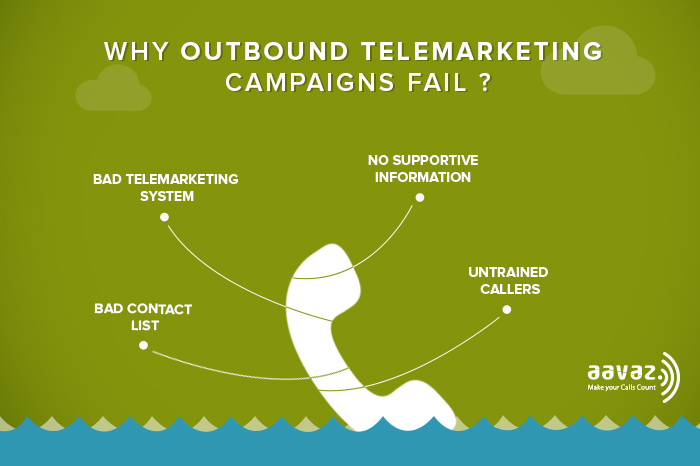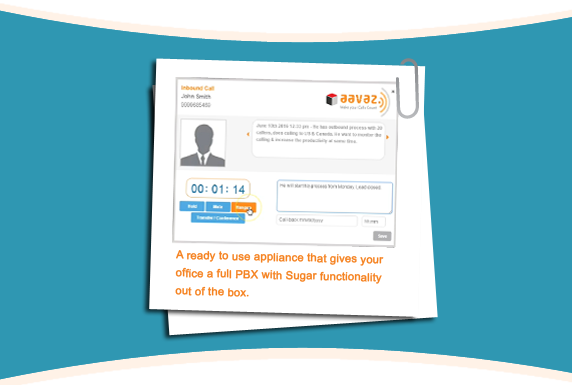Why Outbound Telemarketing Campaigns Fail?

I’ve written about many reasons why and how you should run telemarketing campaigns. As the guy who eats, breathes and sleeps Aavaz and telemarketing – I always get very concerned when someone un-subscribes from Aavaz. This means one of two things A) Aavaz wasn’t good for them (not possible 
An outbound telemarketing campaign has many moving parts:
- The list
- The callers
- The managers
- The product/service on offer
- The script
- Supporting information on the product
- The time of week and day
- The system
And a few more depending on exactly what outbound process you’re running. You need to have all of these working smoothly to get the results that you want. I could write whole articles on each of these items (in fact there are books on each of these items). The point of this article is to just get you aware…and more details will come soon.
I’ll give a little information on each of these
- The contact list – if your list is bad (target audience, bad numbers etc.) then no matter what you do your campaign won’t succeed
- The callers – If your callers aren’t trained and properly motivated then no matter what you do you’re done. Take the time to teach them phone etiquette, to LISTEN instead of jumping off the script, give them the tools to handle difficult calls. Typically, role play works wonders but whatever you tools you use should work. Just make sure you train them to expect all sorts of scenarios.
- The managers – If the managers can’t get your callers, list and everything else lined up properly, and make mid campaign corrections….your campaign won’t succeed. Have your managers run through at-least 20-50 calls to fine tune and exact their script and flow. It’ll pay off by the dozens.
- The product/service on offer – There’s always a demand for your product (at-least most of the time). It’s the offer that makes all the difference. Things like “save time, save money, etc” are crucial terms to use whilst selling your product.
- The script – “Hi dude…what’s up”, or “Hi, ummm, yeah”…. Just won’t work. Walking the fine line between friendly & casual and formal are very tricky. But with practice and run-throughs, you will be able to identify the right language for your script.
- Supporting information on the product – Most people will ask for more information before deciding on the phone; email it to them. It is very hard to get someone to agree on anything without this supporting information straight on the phone.
- The time of week and day – If you call them before their morning coffee, or right before they’re due to leave the office, or right when they get home…are generally bad ideas. Darken the obvious times that you think your contacts would not want to be bothered.
- The system – The system is a very critical piece. It’s got to tie all of the above together, empower the caller and provide feedback to the managers on a timely basis. It’s the package- or the sum of all the parts that the system should be able to provide for you.
To run a successful outbound telemarketing campaign you need to do some preparation and always be on the lookout of why it’s working and more importantly of why it’s not working. A good system will go a long way in helping you figure exactly where the problem is.








